Has the travel bug bitten you recently? Looking to find the best places to shoot landscape photography for your blog?
If you answered “Yes” to either of those questions, you’re in the right place.
We’ll be discussing how to rent an RV to stay in beautiful landscapes so you can photograph to your heart’s content right from your front doorstep! Let’s dive in!
Why Stay In An RV?
RVing is the best way to go on a photography trip. You can park your rig right on beautiful mountainscapes, gorgeous tropical beaches, or in lush forests and ravines.
Nearly any kind of landscape you can imagine can be accessed with an RV.
So if you enjoy taking landscape photography (which I assume you do since you’re reading this!), then renting an RV for your next getaway is simply a must.
How to Find An RV to Rent
Renting an RV is super easy!
The hardest thing you may come across during the renting process is figuring out what type of RV you want.
If you have a truck that’s able to pull a fifth wheel or a travel trailer, you might want to go that route (especially if you plan on bringing children with you – they’re pretty spacious).
Just be aware that a big rig will limit your destinations, as some campgrounds have a space limit and if you’re boondocking, finding space for a big camper can be hard. More on that in the boondocking section!
If you want to drive an RV to the middle of nowhere (or a campground) and leave your car behind, a Class A, B, or C is the one for you! Or a campervan, if you don’t mind a lack of space (but in exchange, easier driving, and nearly limitless parking opportunities.
We recommend peer-to-peer RV rentals like Outdoorsy because you can search available options and book right online, they have up to $1 million in renters insurance, and they have amazing reviews, unlike other RV rental companies.
Boondocking (AKA Dry Camping) Versus Staying In A Campground
Now that you know how (and where) to rent an RV, it’s time to decide where you want to stay. You have two choices—boondocking or staying in a campground. Boondocking and dry camping are essentially the same thing but have two different meanings.
Some people refer to dry camping as still being at an RV campground without access to hookups (water, electric, etc). Whereas boondocking is usually referred to as being out in the middle of nature with no hookup access and, well… no one around.
Here’s a phenomenal example of boondocking:
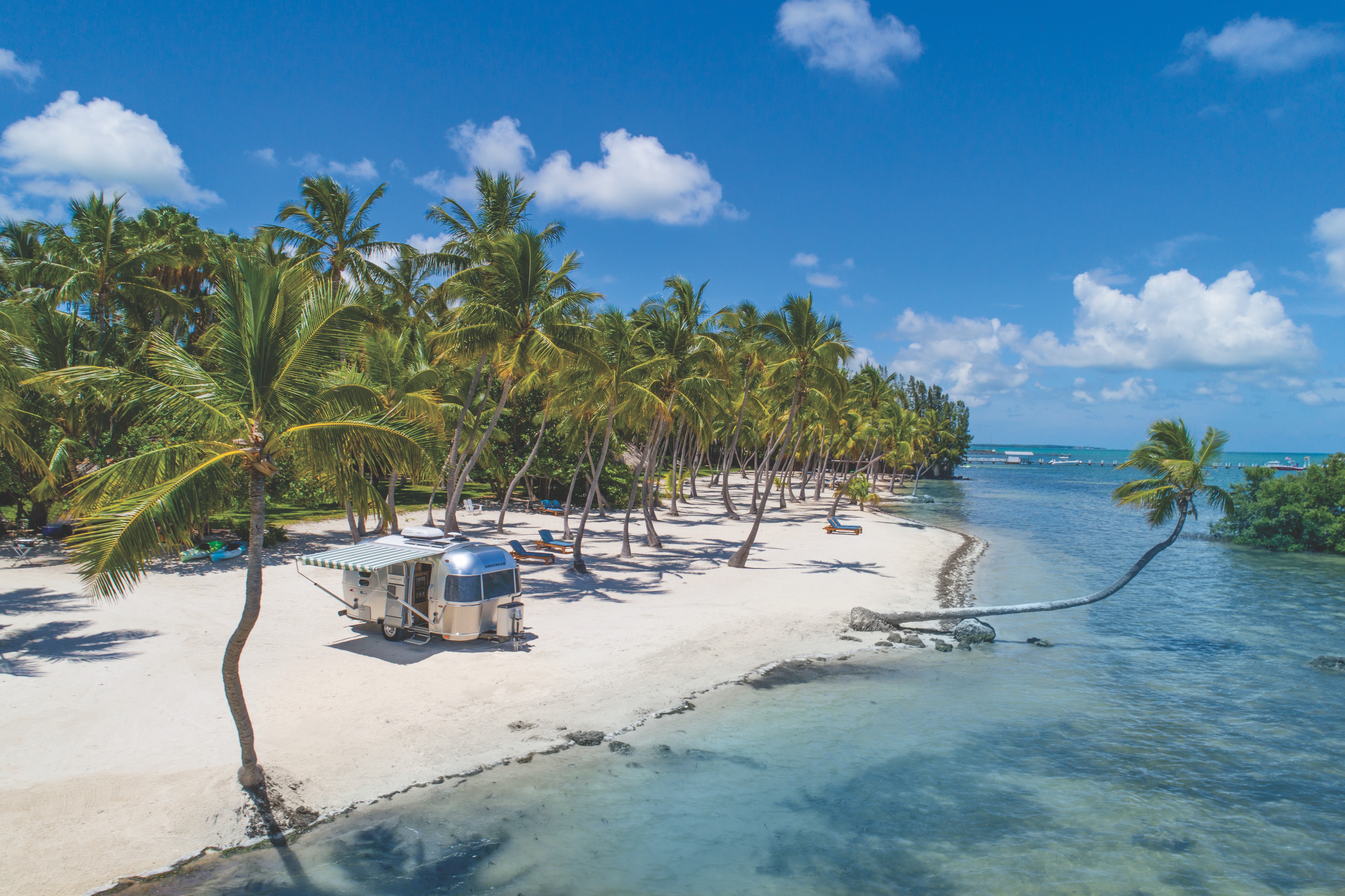
Photo by Airstream Inc. on Unsplash
Staying at an RV campground is pretty straightforward; you’ll have neighbors at the site next to you, workers tending to landscaping, and hookups at your site.
Here’s an example of staying at an RV campground:
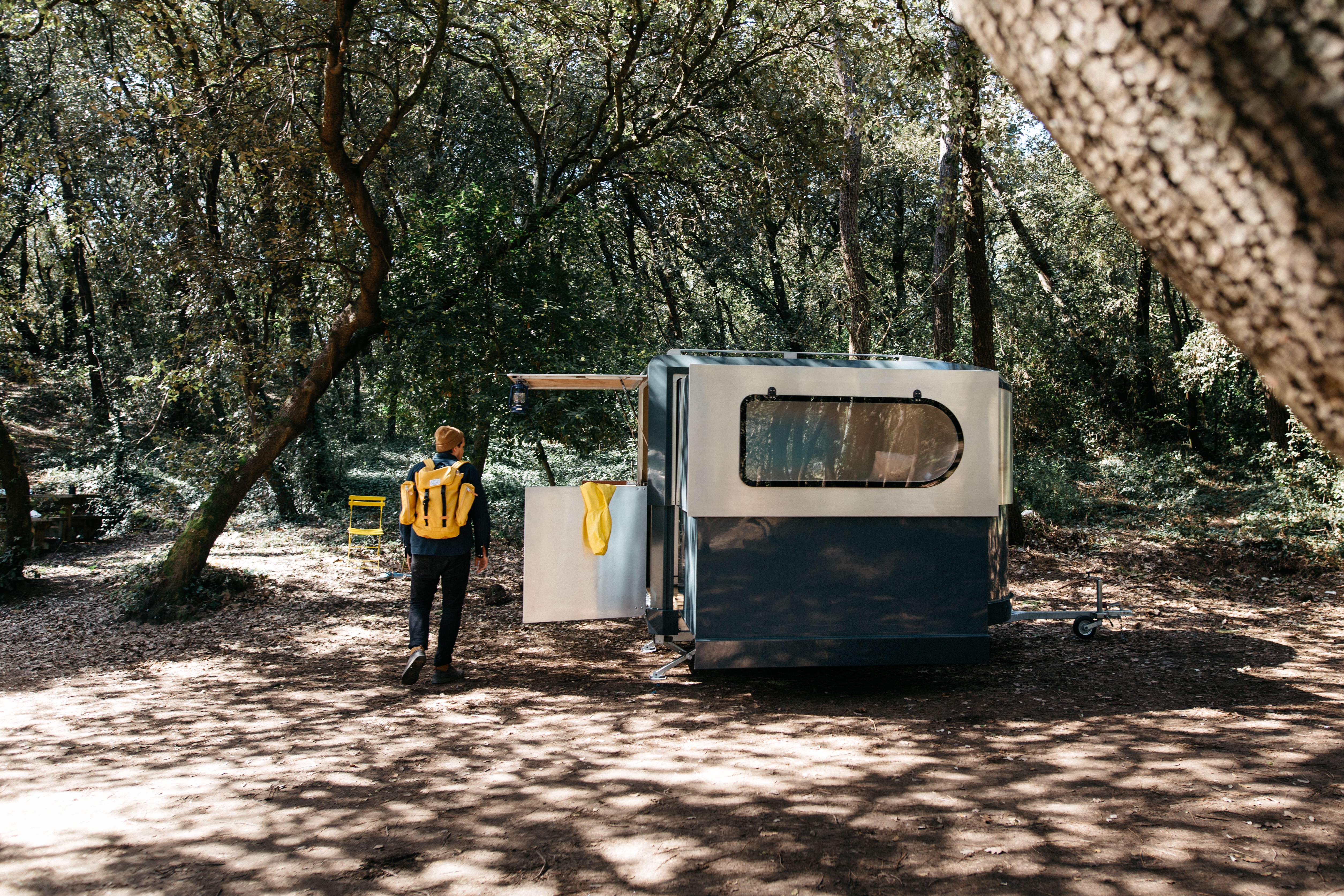
Photo by DLC on Unsplash
To determine which option is right for you, you’ll have to do a bit of thinking.
If you want total peace and quiet to soak up the natural beauty, boondocking might be for you! It’s certainly the best way to photograph amazing scenery.
But if you’ve never camped in an RV before and you want people around or you’d like to have leisure activities around, staying at a campground would be the better choice.
Boondocking can be scary to people who have never done it before – if something goes wrong and you don’t have service, you could be stranded for a few days.
But it’s very rare for that to happen if you’re prepared!
Let’s dive a little deeper into the pros and cons of each choice:
Pros of Boondocking
- Complete privacy
- Free to do whatever you’d like (as long as you’re not breaking the law)
- You can really get in touch with the beauty of nature
- You’re able to go virtually anywhere
Cons of Boondocking
- Lack of hookups
- If you run out of gas and have no service, you could be stranded for a while
- You’ll have to entertain yourself
- There might now be stores around if you break something or need to refill your food supply
Pros of Campgrounds
- You have your own site with (or without) hookups
- Campground owners tend to the landscaping
- Usually filled with leisure activities
- Locals know the best spots to grab food and photographs
Cons of Campgrounds
- Some campgrounds only allow RVs less than 32’
- Your site may be a bit too close to other campers
- You won’t always get the peace and quiet you desire
- Spending money on a rental and the campground fees
The Verdict
Depending on what you’re looking for, you could go either way.
Perhaps the idea of having total privacy while boondocking is a huge plus. Or, maybe you feel more comfortable having a home base where other campers will be around. It’s totally your choice, but if it were up to me, I’d go with boondocking if you want to find those super hidden gems such as this:
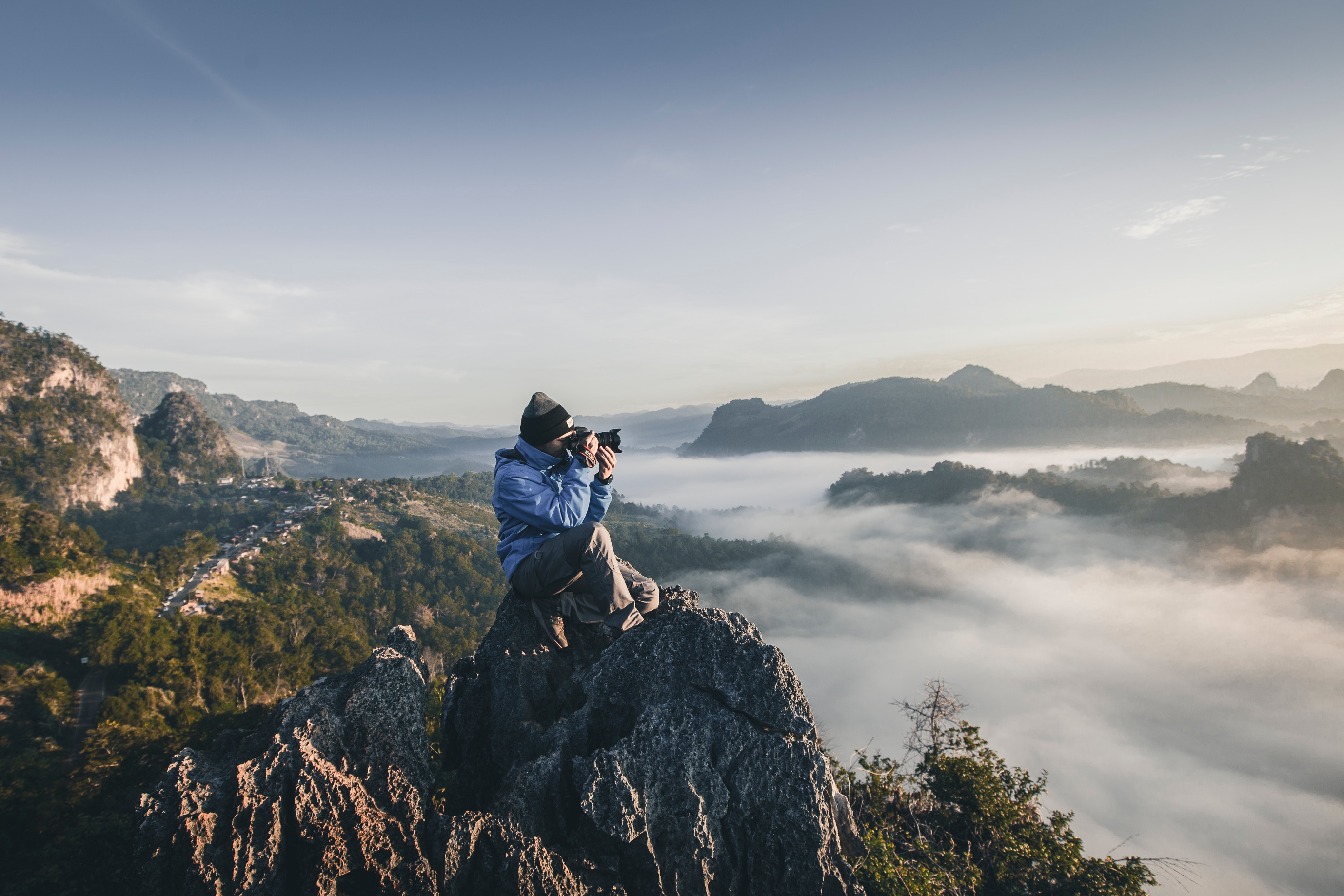
Photo by Alif Ngoylung on Unsplash
Bear in mind that it’s possible to get on top of a mountain to take stunning landscape portraits if you decide to stay at an RV campground.
The only downfall is you might have to do a lot of hiking to get the perfect shot. (Unless you’re into hiking, then that’s a plus!)
Pro Tip: If you choose to boondock, make sure you tell the owner of the RV your plans. That way, they’ll know where their RV is as well as where you are, should you not return it on time. Plus, it’s common decency to let them know where you’re staying!
How to Find Amazing Places to Stay & Photograph
RV rental? Check!
Know where you’ll be staying? Check!
Now, it’s time to figure out a few of the best places for landscape photography.
Right off the bat, I have to mention Acadia National Park in Maine. The first time Bill and I went to Acadia, we hiked Cadillac Mountain at 2 am to catch the sunrise. It was beautiful, but don’t take my word for it!
See for yourself:
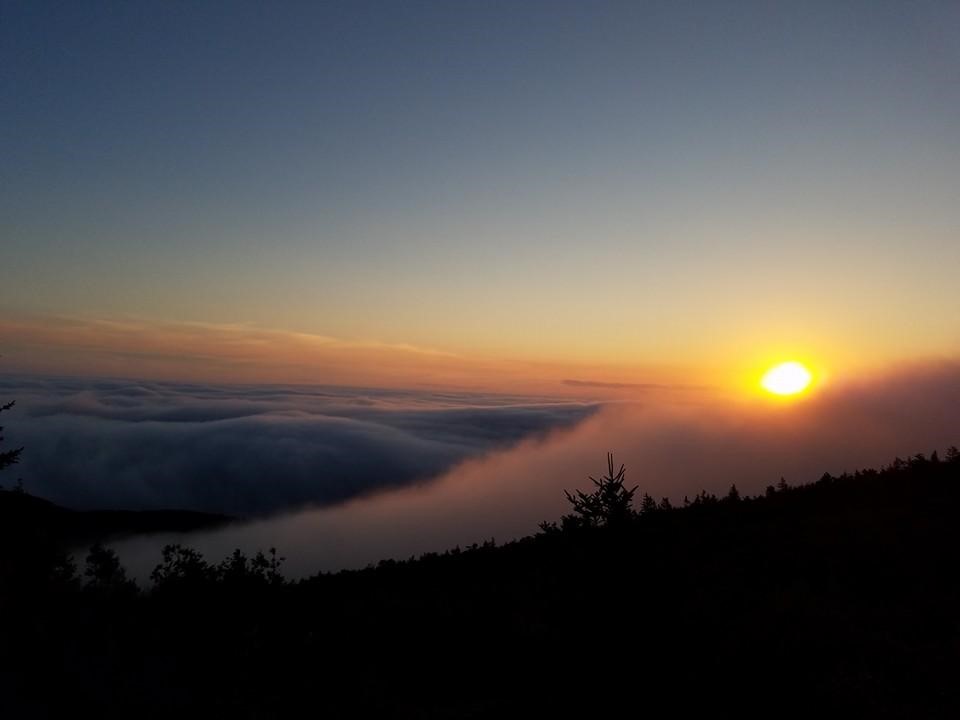
Sunrise at Acadia National Park in Maine
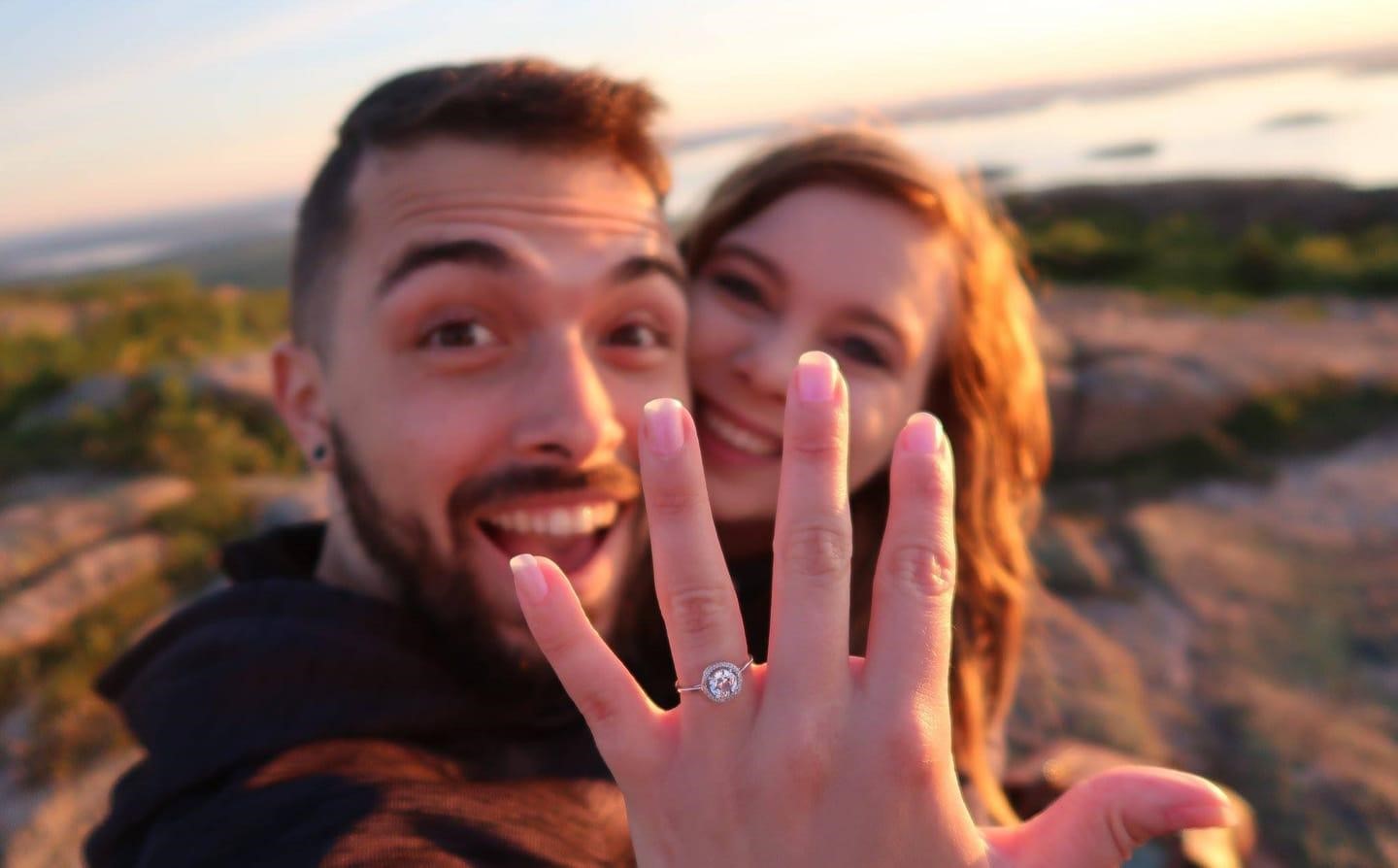
Acadia holds a special place in our hearts because we got engaged at the top of Cadillac Mountain two years later

And here’s Bill’s attempt at landscape photography from the top of the Gorham Trail. I think he did pretty good, considering it was shot with a smartphone!
The point I’m trying to make? Whenever someone asks us where we recommend they go on vacation, we say Acadia.
Moving on, though!
You can find some of the best places for free with apps like:
- Free Campsites. A community-curated website that lets you search the entire U.S. to find free campsites, including boondocking sites.
Campendium. Allows you to search by state to find thousands of free camping locations, including national forests, managed lands, and boondocking sites.
- U.S. Public Lands App. Find the best spots without having to dig out physical maps, books, or even digging deep online.
To save you some time, I found five incredible places you might be interested in for landscape photography.
1. Yosemite National Park
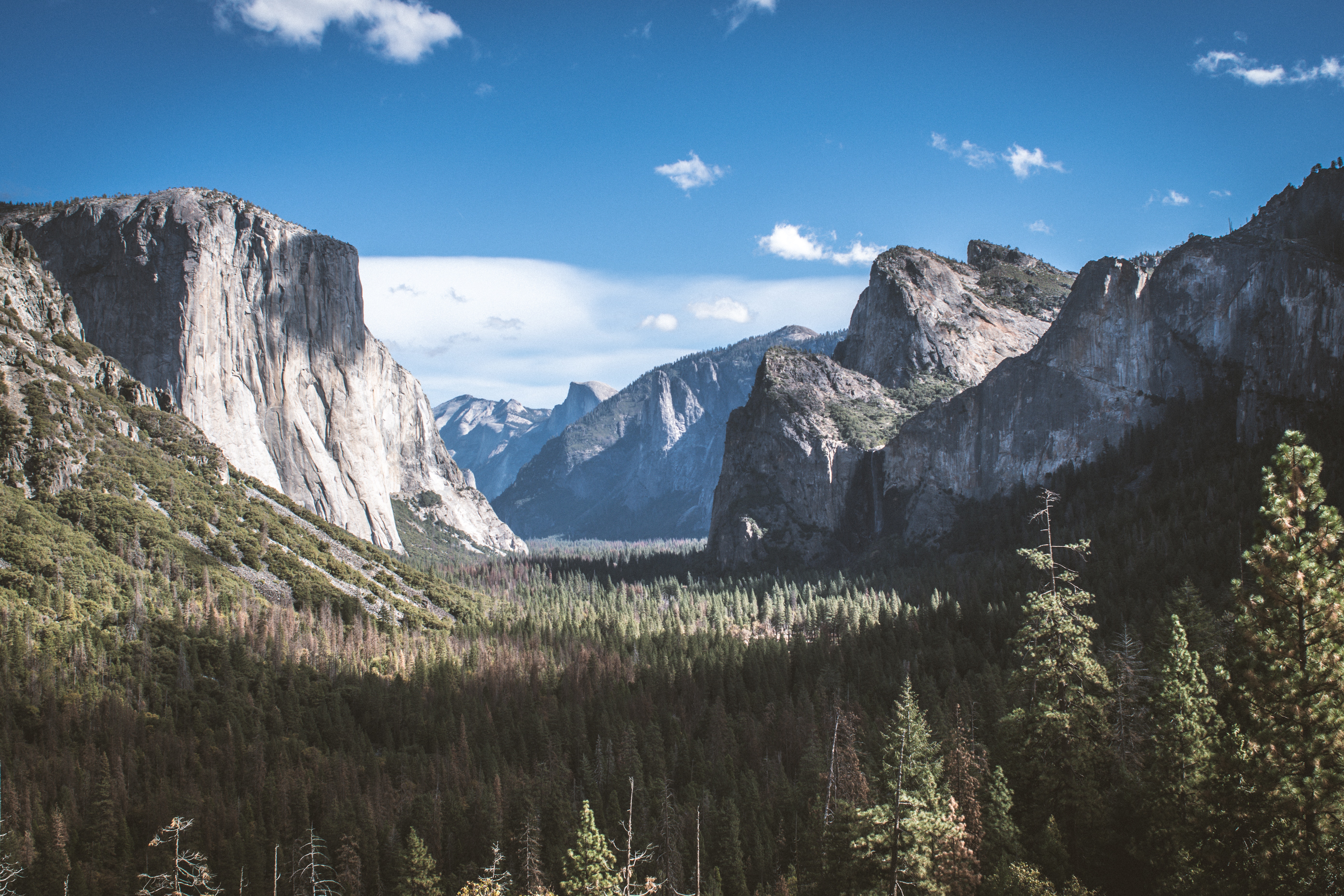
Photo by troy williams on Unsplash
Located in Northern California, Yosemite National Park is a favorite among landscape photographers.
There are plenty of natural photo ops provided by mother nature and it’s easy to spend an entire day walking around Yosemite.
2. Sedona, Arizona
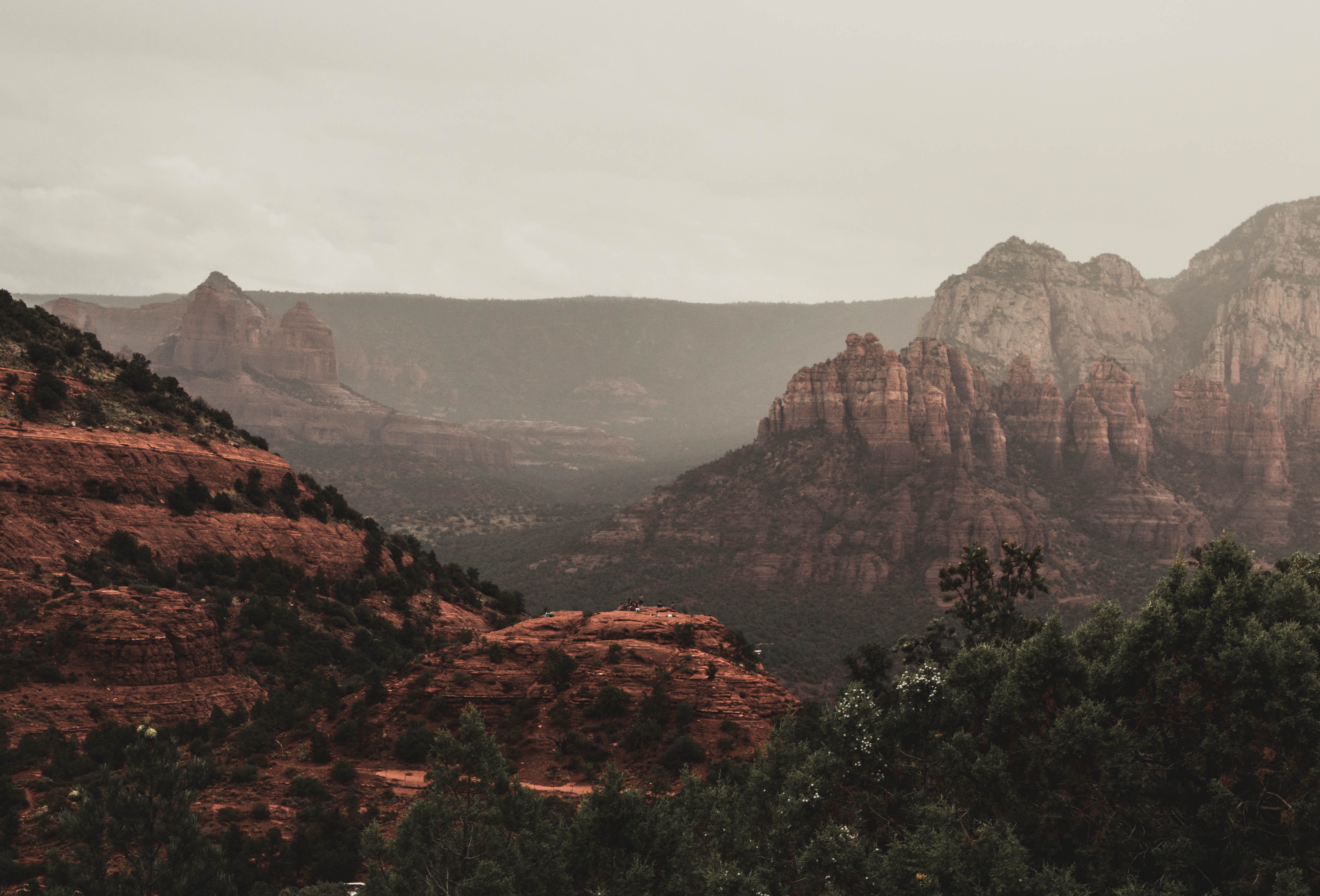
Photo by Dimitar Donovski on Unsplash
Just two hours away from the Grand Canyon in Arizona, Sedona provides breathtaking views for photographers just about everywhere you look.
3. Denali National Park
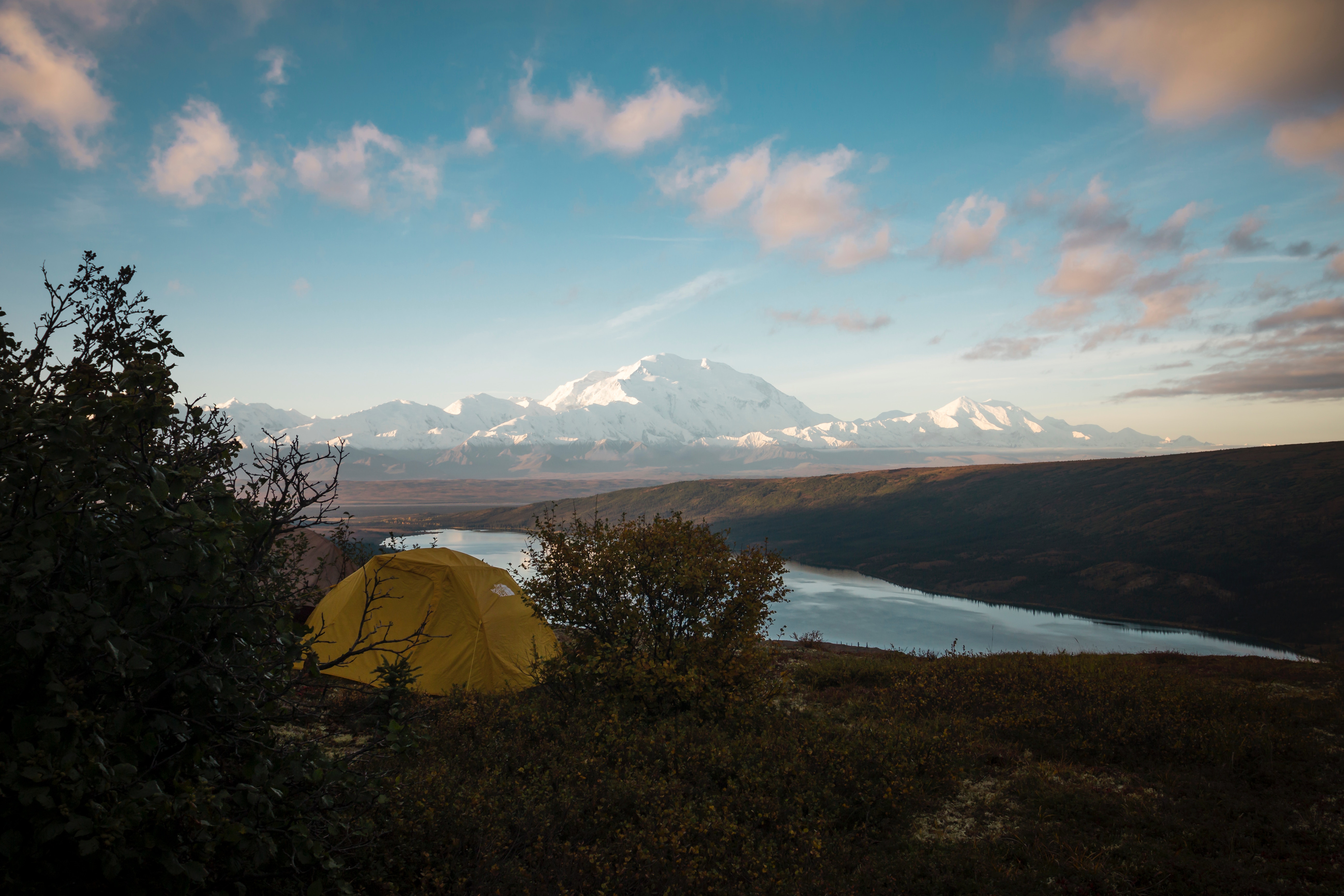
Photo by Steve Halama on Unsplash
Alaska’s famous National Park, Denali, covers more than 6 million acres, though a majority of that is quite hard to get to.
Regardless, Denali is one of those breathtaking places that no matter where you are, you’ll leave with stunning landscape photos. (And yes, you can find RV rentals in Alaska.)
4. Grand Teton National Park
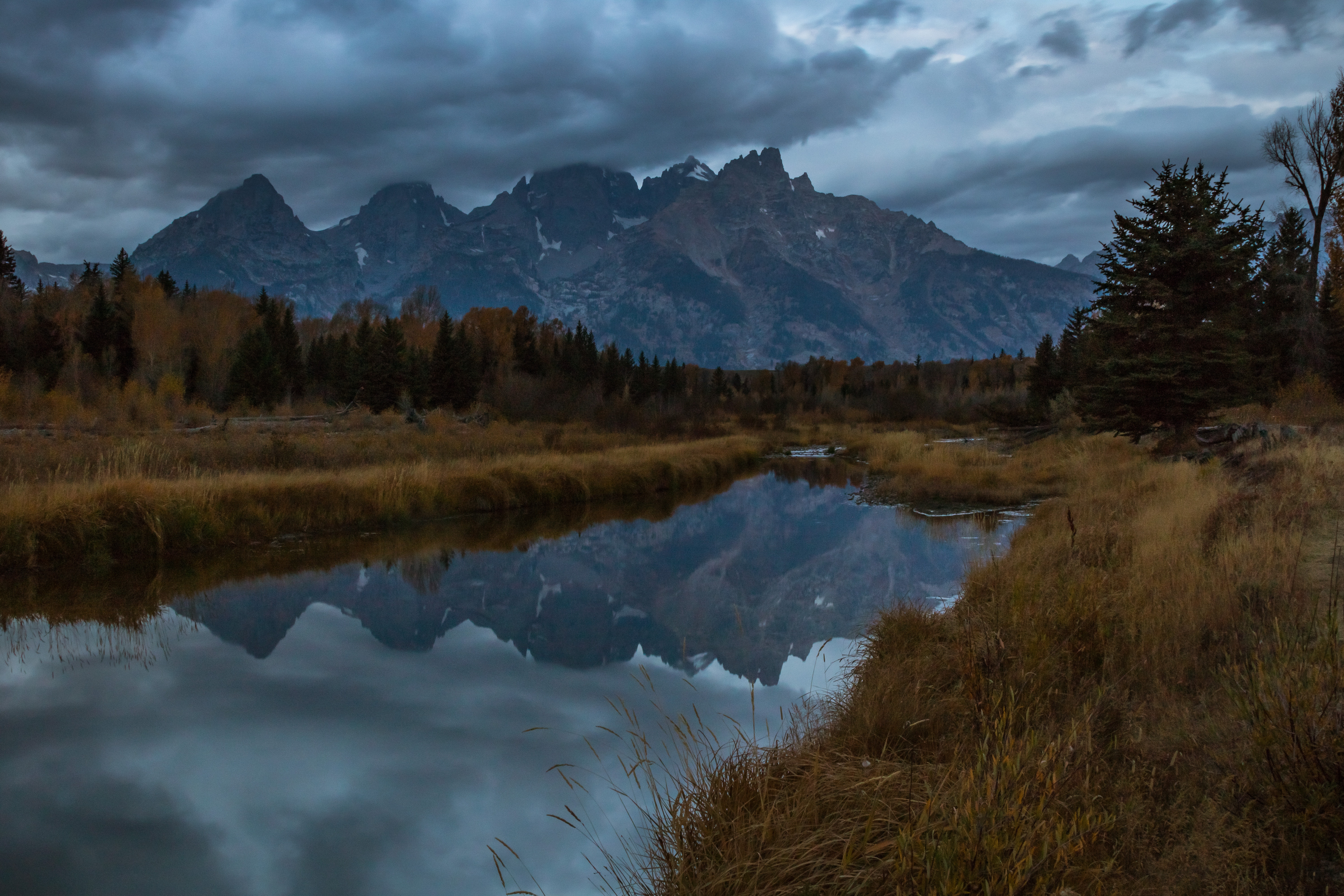
Photo by Tim Peterson on Unsplash
Located just South of Yellowstone National Park in Wyoming, Grand Teton is one you have to see at least once in your lifetime.
This National Park includes several small glaciers and has over 200 miles of hiking trails.
5. Joshua Tree National Park
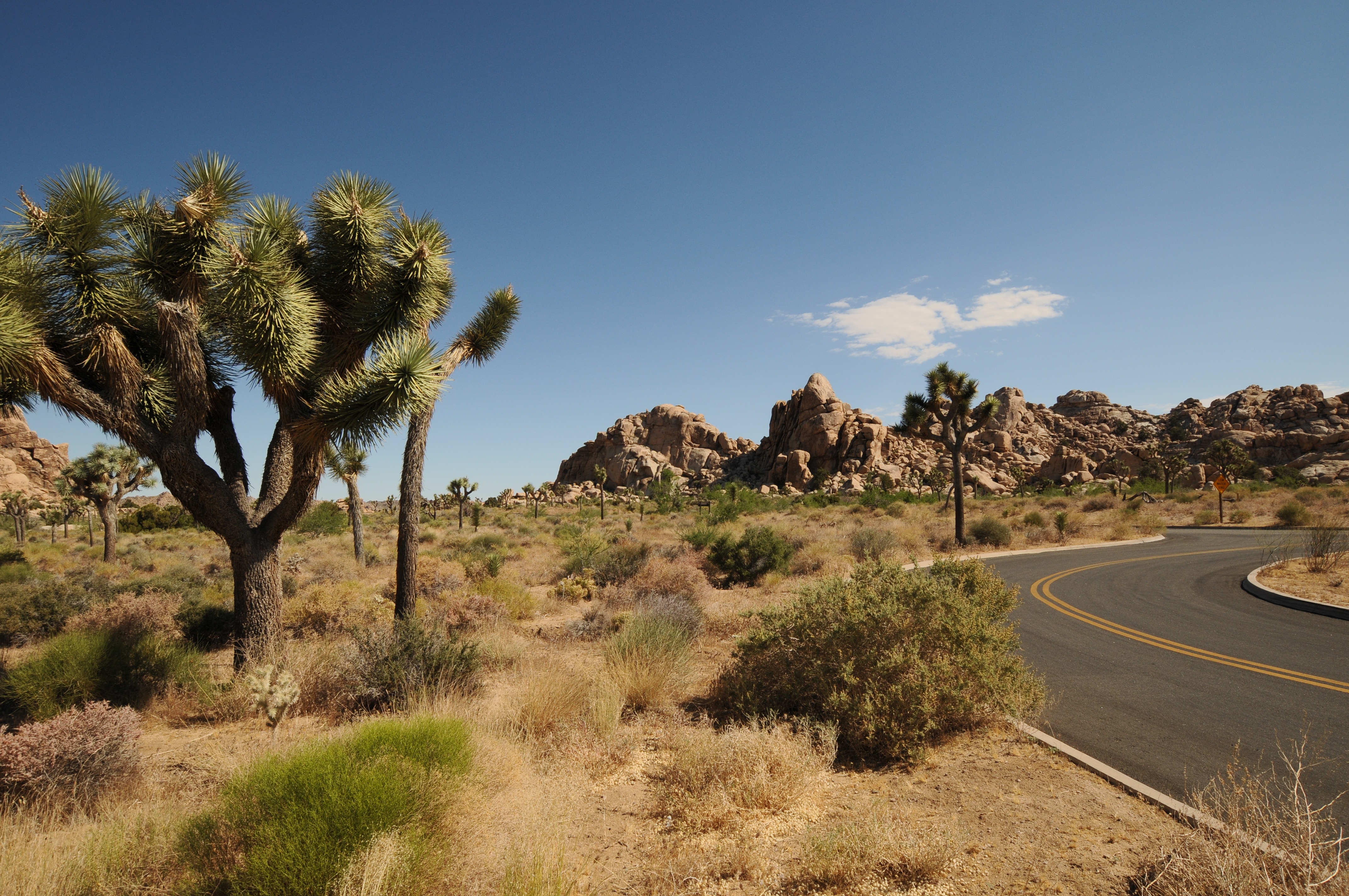
Photo by Christoph Schulz on Unsplash
Located in Southeast California, Joshua Tree National Park is a well-known photographer’s destination (and it’s pretty easy to see why).
There are tons of rock formations to find, including Arch and Skull Rock. If you’ve never been there, it might be time to hit the Southern Coast!
And that’s all I’ve got for you! If you do hit the road and take some amazing photographs, share them in the comments! While I’m more into food photography (I run a food blog), I always love a good nature shot. ?
